This was published 3 years ago
Cruising and coronavirus: Ten steps the cruise industry needs to take to recover
By Anthony Dennis
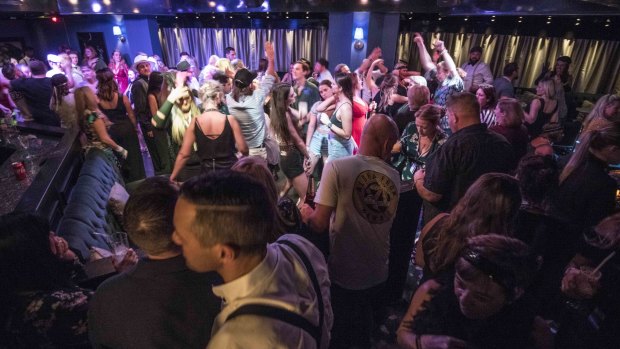
When cruising resumes, social distancing, not socialising, will be key to a cruise, with the pastime likely to become a much more sedate experience.Credit: Wolter Peeters
It's two months since the Ruby Princess returned to Sydney after its ill-fated cruise to New Zealand, which saw the coronavirus-related deaths of 22 people, now one of the worst cruise tragedies in modern times.
It offers a timely moment, ahead of any release of the ocean cruise industry's full global recovery plan, to examine what it will need to do in order to make a comeback.
Here, based on the benefits of 20/20 hindsight, are 10 tough-love steps from a cruise fan (yes, we still do exist), that the troubled industry should consider as it embarks on its uncertain path to recovery.
STEP ONE: GET SHIPSHAPE IN HEALTH AND HYGIENE
First, a no-brainer. The cruise industry, lagging airlines and hotels in the battle to be "more hygienic than thou" will soon unveil its vital masterplan to address its damaging, and somewhat unfairly acquired, "petri-dish" reputation. The extensive content of the plan - which will encompass stringent health checks and even deeper and more frequent cleaning - will be crucial for the industry in persuading passengers to give cruising another chance. It will also need to convince government regulators - particularly those in Australia who are still reeling from the Ruby Princess disaster and awaiting the findings of the special NSW Commission of Inquiry into it - to allow ships and their foreign crews back into our waters.
See also: Ruby Princess debacle is one of the worst disasters in modern cruising
STEP TWO: GO SOFT ON THE PARTY-HARD REPUTATION
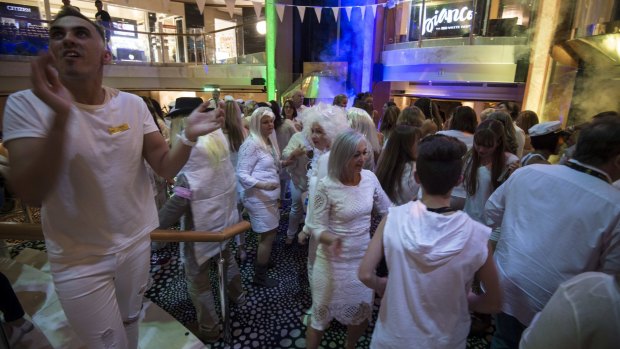
Credit: Wolter Peeters
For cruising, the party is over, at least for now. When cruising resumes, social distancing, not socialising, will be key to a cruise, with the pastime likely to become a far more sedate experience. Passengers and crew will obviously need to keep their distance aboard, as well as during embarkation and disembarkation and on shore excursions. This will be easier to achieve for the smaller upper-end, expedition-style segment of the market, where the focus is more concentrated on the allure of what's on land, rather than the myriad attractions and bright lights of the ship itself. For a business built on fun, this will be difficult.
STEP THREE: GET RID OF THOSE INFERIOR INTERIOR CABINS
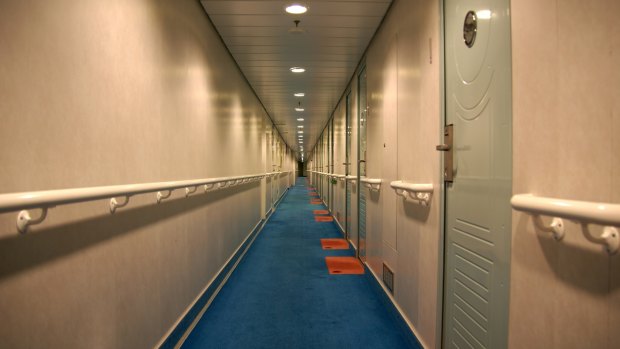
Credit: iStock
The idea of more affordable windowless cabins, or staterooms as they tend to be called these days, with vision of the outside world relayed on your in-room display screen (if you were lucky) seemed like a viable idea to the cruise industry when it first marketed them. It enabled more people, especially single travellers, to cruise, and as well as allowing cruise lines to squeeze in more and more passengers, resulted in ever-greater revenue and profits. But such small and enclosed spaces contained within a massive enclosed space clearly must not survive the post-pandemic era.
STEP FOUR: END ONBOARD MEDICAL BILL SHOCK
Cruise ships had become notorious for the exorbitant fees charged for consultations with the onboard doctor, which prior to COVID-19 often involved the contagious norovirus which leads to vomiting and diarrhoea. In the new era of cruising, the industry will need to be mindful of not deterring ill passengers from attending infirmaries. It may also need to address the quality and quantity of medical staff on its vessels. Passengers will have to prove they are healthy enough to cruise (see step one) which will likely reduce the industry's core elderly market, with its associated co-morbidities.
STEP FIVE: GIVE VENICE A WIDER BERTH
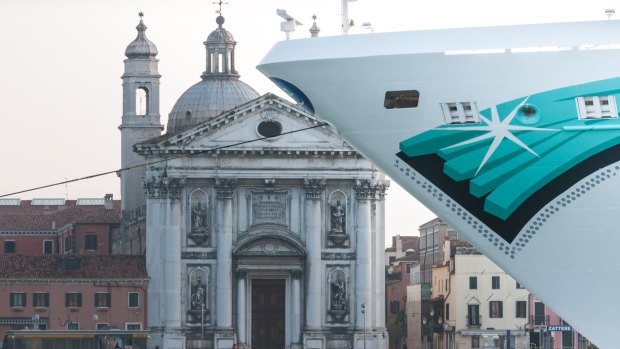
Credit: iStock
Even the cruise industry itself has privately conceded that the images of gigantic cruise ships towering above the ornate rooftops of a dwarfed Venice as they passed through the lagoon were damaging to its reputation. But the lure of profits, and the knowledge of their passengers' bucket list expectations, prevailed. In its comeback, cruising will need to be mindful it doesn't contribute to any resurgence of over-tourism and must better educate its passengers about the way they conduct themselves in such precious places.
STEP SIX: SUSTAIN THE SUSTAINABILITY
The cruise industry, which hosted 26 million passengers in 2018, points out that it comprises less than 1 per cent of "the global maritime community" and that cruise lines are at the forefront in developing "responsible environmental practices and innovative technologies". But the coronavirus catastrophe that enveloped the industry invited unwelcome scrutiny on some of cruising's less savoury practices (see step nine) including its environmental record in relation to emissions and waste-disposal. The industry has made improvements towards sustainability, but it will have to do much better if it is to stave off its accumulated critics.
STEP SEVEN: BIGGER IS NOT ALWAYS BETTER
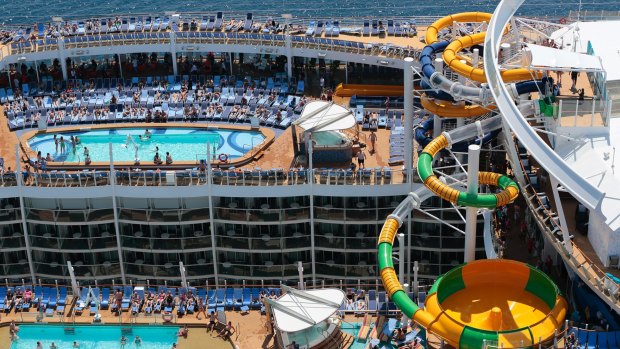
Yes, ships have become too big (see step five) but much smaller ships than the Ruby Princess, such as the Greg Mortimer, also succumbed to COVID-19, with devastating results during the recent emergency. A little like the airlines industry in its phasing out of the fuel-guzzling A380, cruise lines may wish to consider that the building of ever-bigger and supposedly better cruise ships may no longer impress as many prospective passengers, nor the ports and governments that will potentially receive them.
STEP EIGHT: FLAGS OF CONVENIENCE MAY BE TOO INCONVENIENT
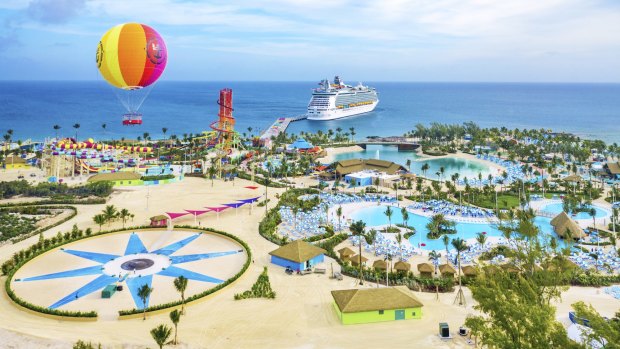
The cruise industry was widely-critcised for registering ships in tax-havens such as the Bahamas and Bermuda and had Donald Trump, a cruise industry advocate, not intervened, it would not have received vital government financial aid in the US, its biggest market. Many home ports of the "flag-of-convenience" cruise ships turned out to be far too small for them to return to, so perceptions of tax-limitation have given additional ammunition to critics. These tiny tax havens also allowed the industry to skirt the labour laws of the more affluent destinations they visited, with accusations of crews - composed of workers from mostly poor nations - being inadequately remunerated.
STEP NINE: KNOW WHO YOUR FRIENDS AND ENEMIES ARE
One of the worst and most traumatic issues to confront cruise ships, whether they had COVID-19 cases aboard or not, during the recent crisis was the fact that many were turned away from ports that had been friendly to them on departure but enemies on return. Many ships were refused permission to berth from countries in south-east Asia and South America and were forced to sail on in search of other ports that would receive them, leading to the ordeal of expensive repatriations. When cruising resumes, some prospective passengers with long memories will want assurances from cruise lines and governments that such appalling treatment by recipients of the industry's riches will not recur.
STEP TEN: ELIMINATE THE RISKY BUSINESS
Cruise lines, in a "one false move" scenario, will need to exhibit extreme caution. It's easy to say with hindsight, but cruise lines should have heeded the lessons from the Diamond Princess affair that preceded the Ruby Princess debacle and suspended cruising much earlier as Viking Cruises did on March 11. At the first sign of a crisis, ships will need to cease operation. Health and hygiene will be paramount and so will safety; the industry cannot allow itself to be perceived as cavalier, as evidenced in recent years with some ships sailing directly into adverse weather.
Sign up for the Traveller newsletter
The latest travel news, tips and inspiration delivered to your inbox. Sign up now.